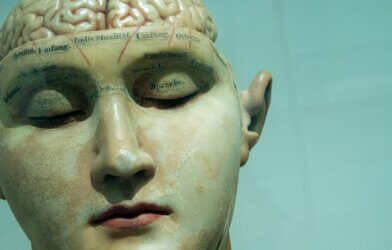Most people have experienced at least one stressful situation – and can most likely recall that particular situation from memory. Regardless of how hard we may try, traumatic events are essentially impossible to forget. Furthermore, for some, certain stimuli can trigger these memories and bring about painful symptoms all over again.
Scientists from the Ruhr-Universität Bochum Institute of Cognitive Neuroscience (RUB ICN) aim to bring some clarity to the reason why stressful events are more likely to be recalled than others. “We usually have detailed images in your mind’s eye of stressful experiences, such as taking the driving test, even after many years,” says Oliver Wolf, Professor of Neuroscience at the RUB ICN. “Whereas a walk through the park on the same day is quickly forgotten.”
Previous research attempted to explain why non-stressful experiences were so easily forgotten compared to stressful or even traumatic events. “One idea was that very different memory representations might have been the key to more powerful memories; on the other hand, there were indications that stress memories have resembled each other more closely,” said Anne Bierbrauer, the study’s lead author.
For the study, participants took part in the Trier Social Stress Test which required them to go through an interview process and engage in public speaking. A control group was also subjected to the same tests. The committee attempted to increase the stress levels of the participants by maintaining a stern face and providing neutral or negative feedback. Specific objects were used for future memory prompts. For instance, a member of the committee drank from a coffee cup, which was later used to test for stressful memories.
According to the results, those who experienced stress seemed to remember the situation in greater detail. Furthermore, the objects used during the tests triggered the memories in those affected compared to those in the control group. Functional magnetic resonance imaging, fMRI, was used to scan participants’ brain activity during the tests and while they were prompted by objects and pictures of those involved in the tests.
The scans revealed similar brain activity in the amygdala when comparing brainwaves from the actual tests and those formed when participants viewed the objects and pictures of committee members afterward. This data suggests that the activity of the amygdala, which is responsible for memories related to emotions, must be the same from the traumatic situation to the stimuli that triggered the stress in order to bring about the memory.
“The committee members triggered the stress in the interview situation. Accordingly, it seems that the link between the objects and the stress triggers was crucial for the enhanced memory,” said Nikolai Axmacher, Professor of Neuroscience at RUB ICN. “This result could be an important building block to better understand emotional and traumatic memories,” concluded Bierbrauer.
This study is published in Current Biology.










-392x250.jpg)

